
Welcome to The Mugford Center for Periodontics & Dental Implants
PERIODONTIST – CROFTON, MD
Welcome to The Mugford Center for Periodontics & Dental Implants, where we are committed to delivering the highest standard of care for your dental health. Drs. David Mugford and John Bruce, along with our dedicated team, specialize in the treatment of gum disease and the precise placement and maintenance of All on Four dental implants. We recognize that dentistry extends beyond exceptional treatment; it’s also about fostering open communication and building lasting relationships. Your time is valuable, and we make every effort to accommodate your scheduling preferences.
The growth of harmful bacteria can lead to conditions like periodontitis or gingivitis, impacting the soft tissue and bone in the jaw.
While our primary focus is on prevention, we are well-equipped to address all stages of gum disease, from initial symptoms like bleeding gums to complete dental implant restoration
Our periodontists possess extensive training and expertise in treating gum disease through minimally invasive methods, including LANAP® laser treatment. At The Mugford Center for Periodontics & Dental Implants, your comfort and long-term well-being are our top priorities throughout your treatment journey. We offer sedation dentistry to ensure your experience is as comfortable and relaxing as possible.
With guidance from our highly skilled doctor and staff, you’ll receive top-tier preventative and restorative care, ultimately leading to improved overall health and renewed confidence.
Your journey to maintaining healthy gums begins with The Mugford Center. We are committed to providing you with compassionate, patient-centered care that’s tailored to your unique needs. Our experienced team will guide you through the process, from prevention to treatment and recovery, ensuring your oral health is in excellent hands.



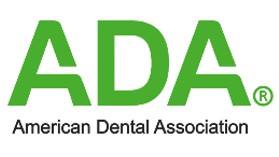


Let's Get Started!
Our team at The Mugford Center for Periodontics & Dental Implants in Crofton, Maryland is dedicated to providing our patients with a personalized experience and assurance that they will receive the quality of care they deserve. From dental implants to gum graft procedures, Dr. Mugford and Dr. Bruce are here to help you achieve optimal oral health.
Call today:
(410) 721-7801
Request an Appointment
Tour Our Crofton, MD Office
What Our Patients Are Saying | Review Us on Google
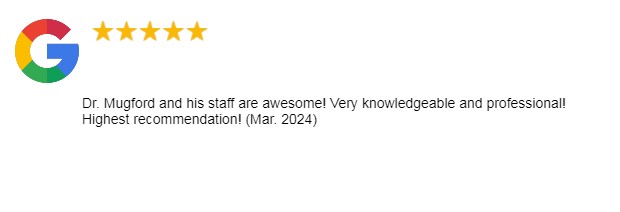




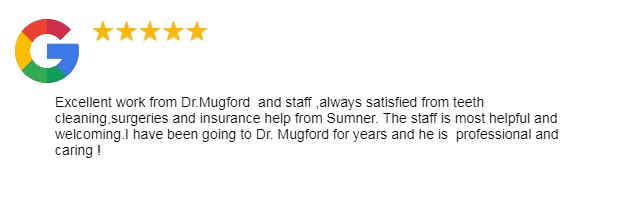



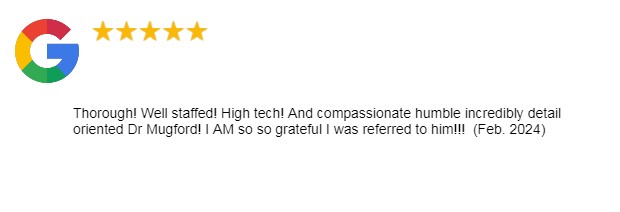
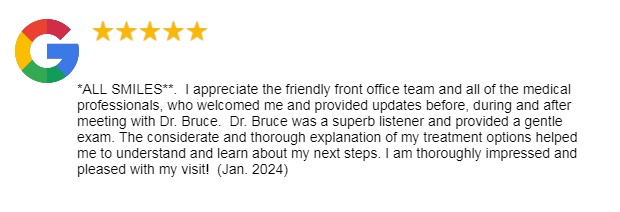
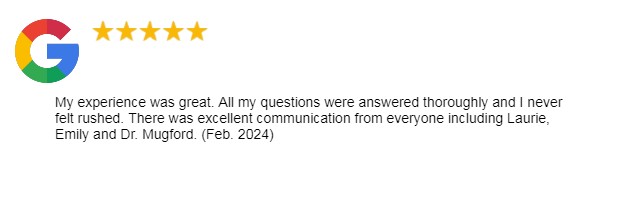
Exceptional Patient Care
At The Mugford Center for Periodontics and Dental Implants, we are dedicated to providing the highest level of patient care and satisfaction. Your well-being and comfort are our top priorities throughout your treatment journey.
Our Commitment to You
We understand that visiting a periodontist, or even a general dentist, can be a source of anxiety for many people. That’s why we go above and beyond to create a welcoming and stress-free environment here at our Crofton, MD clinic. Our commitment to exceptional patient care includes:
- Compassionate Team: Our experienced and compassionate dental professionals will listen to your concerns, answer your questions, and tailor treatment plans to your unique needs.
- State-of-the-Art Facilities: We invest in the latest dental technology and equipment to ensure the highest quality of care and precision in our treatments.
- Pain Management: We utilize the most advanced pain management techniques to minimize discomfort during and after procedures.
- Education and Communication: We believe in keeping our patients informed about their oral health. Our team will explain treatment options clearly and involve you in decision-making.
- Personalized Care: Every patient is different, and we tailor our treatments to your specific needs and goals, ensuring the best possible outcomes.

Your Comfort Matters
We understand that dental procedures, especially periodontics and dental implants, can be intimidating. Rest assured, Team Mugford is here to make your experience as comfortable as possible. From the moment you step into our clinic to the completion of your treatment, we strive to provide a calming and supportive atmosphere.
Exceptional patient care extends beyond the clinical setting. Our periodontists and dedicated staff will follow up with you post-treatment to ensure you are healing well and address any concerns you may have. Your oral health and overall satisfaction are our top priorities.
Testimonials
Education Center

Dr. Mugford

